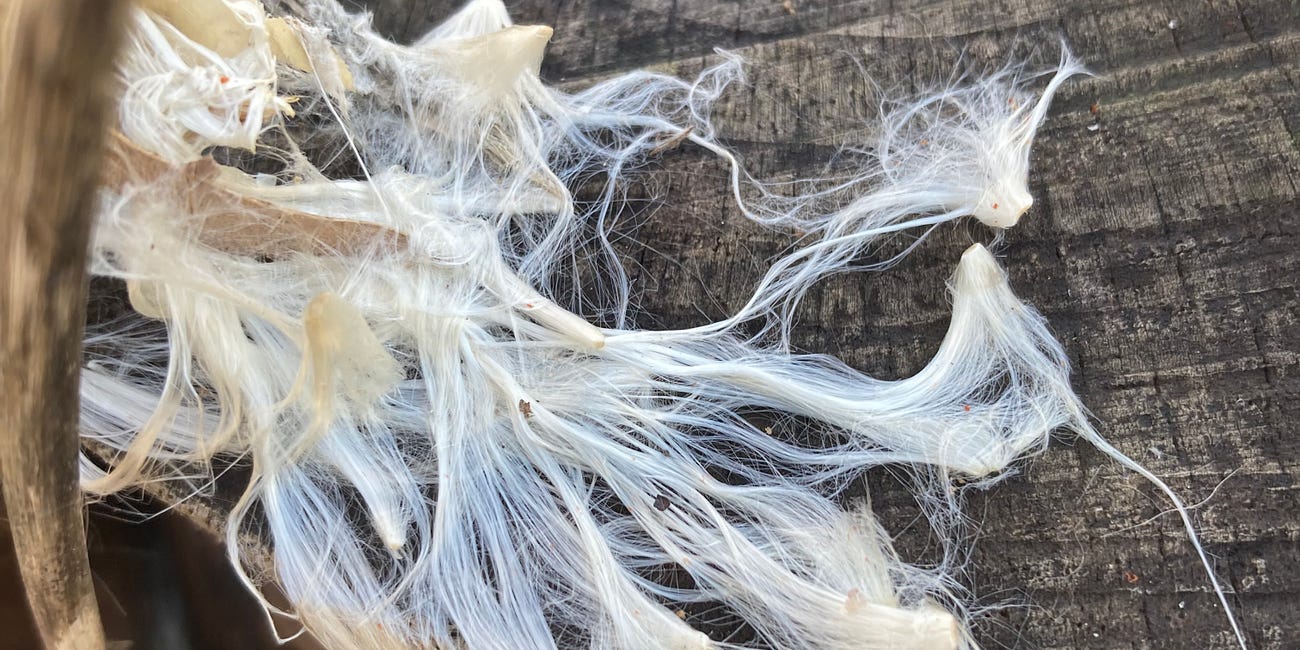Perhaps the most remarkable tradition is that of the Ojibwe, one of the largest First People of North America. Just like Romulus, their hero Manabozho ends up killing his brother and is inconsolable at his death. In the Ojibwe creation myth, the creator deity Gitchie Manito gives the man Manabozho a wolf companion (called Ma’iingan in their language) and tells them to name all the plants, animals and places together. The wolf and the man walk and work together and become as close as brothers. Eventually, the Creator tells them they must separate but warns that whatever happens to one of them will also happen to the other. Thus, the Ojibwe people traditionally believe their fate is connected to the fate of wolves from the beginning of time. The traditional ecological knowledge of the Ojibwe teaches interdependency between all living beings and emphasizes that humans can learn from non-human animals.
By
The author of Myth and Mystery writes as an authority on The Lupercalia and a modern understanding of both ancient and current practices around hunting, respect for wolves, ecology and the value of our fellow beings, with a strong voice noting how the vilification of wolves is paralleled with the vilification of migrants among Right Wingers in Germany, where wolves themselves were over hunted to the point where the only ones in the country are migrants from other areas.
It could be argued that Columbus himself was a migrant, as he was searching for new lands, got lost and then engaged in a legal heist based not on the laws of the land he entered but on the laws of the domination that happened in the name of Christ, but actually as an inversion of everything Jesus taught. It could be said Columbus was nothing but a lost migrant who landed on Turtle Island - a continent discovered by many, many peoples before him.
When we think of the myths of different peoples there is always the good wolf and the bad wolf among them - in the sense of which wolf will you feed: There is the good wolf which has healthy boundaries for its family, is courageous, open to cooperation and community with other beings, expresses empathy and hunts to provide nourishment, rather than for sport or excess. Then there is the bad wolf, which hunts because it enjoys the pleasure of causing others pain, or for trophy or that hunts lands and peoples for conquest, pillaging and rape of others, all in the name of dom - not Christ - but domination in his name. Christ is the one who laid down his life for his friends and forgave his enemies and refused to allow his message to be politicized. Eusebius and Constantine sold out Jesus when they were trying to save the Christians from persecution. Yet the laws that allowed the enslavement, pillaging, land confiscation, rape and killing of innocent Indigenous Turtle Islanders and Black Africans are legal on the books today as the Doctrine of Christian Discovery, and it was most recently affirmed by Ruth Bader Ginsberg.
City Of Sherrill V. Oneida Indian Nation Of N.Y.
https://outcome.doctrineofdiscovery.org/featured/essay1/what-is-the-doctrine-of-discovery/
Christ is the one who said to include the Samaritan - as your neighbor, as one of your own - the one his society’s mainstream was taught to snub, shame and exclude. (Luke 10:25-37) Who does your society tell you to leave outside to die, starve or be excluded from a warm welcome? Is it the migrant who comes in good faith but not the right papers? (I’m not talking about murderers who are allowed to roam - that’s where the wolf would speak - no howl - HEALTHY BOUNDARIES) - is it the person whose way of life is different than yours? Is it the person with different skin color or the one who has different beliefs about vaccines?
According the myth upon which The Lupercalia is based, a female wolf was willing to suckle two human little boys who had been left to die. That is empathy, right there, and a sign of the closeness of wolves and people, whether you take the story literally or not.
I found this piece which adds to the richness of scholarship of wolves and human beings:
“We examine the historical relationship between humans and wolves as illustrated through stories of North American Indigenous Peoples, especially the Great Plains and Intermountain West, exemplified by Cheyenne, Lakota, Blackfoot, Pawnee, and Shoshone peoples. Indigenous stories have not been employed in scholarly examinations of the origins of ‘dogs’. These tribal peoples were tough and resilient and wanted companion animals as tough and resilient as themselves. All Plains tribes examined closely have stories that describe wolves as guides, protectors, or entities that directly taught or showed humans how to hunt after humans arrived in the Americas. Indigenous stories provide insights into the process of domestication of wolves, and such stories may indicate at what stage different peoples were in their relationship with wolves. There appears to have existed a reciprocal relationship in which both species provided food for each other or shared food.
https://doi.org/10.2993/etbi-35-02-262-285.1
For excellent scholarship on mythology from someone who is open to dialogue and seeks to find the compassionate side of some pretty brutal history and myth-story, check out
!And as a total aside, did you know that tulips are edible?
https://www.groworganic.com/blogs/articles/edible-tulips-culinary-uses-and-recipes
Love
Alicia














Share this post